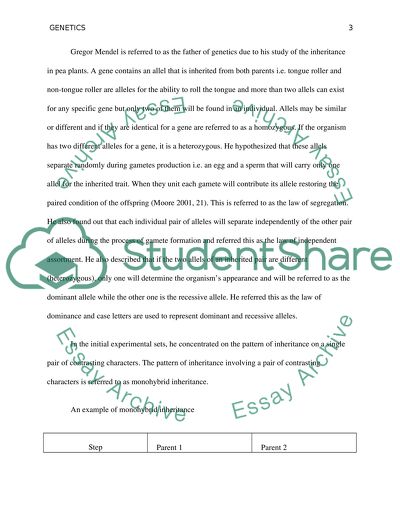Cite this document
(“Genetics Essay Example | Topics and Well Written Essays - 2500 words - 1”, n.d.)
Genetics Essay Example | Topics and Well Written Essays - 2500 words - 1. Retrieved from https://studentshare.org/nursing/1668442-genetics
Genetics Essay Example | Topics and Well Written Essays - 2500 words - 1. Retrieved from https://studentshare.org/nursing/1668442-genetics
(Genetics Essay Example | Topics and Well Written Essays - 2500 Words - 1)
Genetics Essay Example | Topics and Well Written Essays - 2500 Words - 1. https://studentshare.org/nursing/1668442-genetics.
Genetics Essay Example | Topics and Well Written Essays - 2500 Words - 1. https://studentshare.org/nursing/1668442-genetics.
“Genetics Essay Example | Topics and Well Written Essays - 2500 Words - 1”, n.d. https://studentshare.org/nursing/1668442-genetics.


